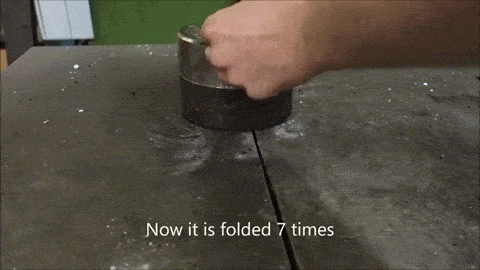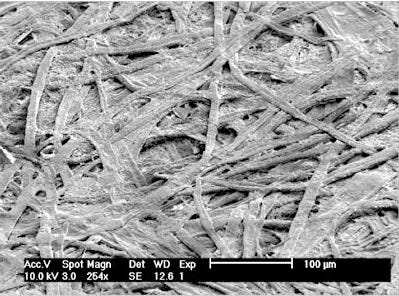I’m sitting in a hotel coffee shop one day removed from emceeing INN’s first Dig In: The Digital Future of Insurance conference, which we put on in Austin, Texas. Speakers from insurers like USAA and Farmers, startups like Automatic Labs and Insurify, and even representatives the venture capital world took the stage to talk about how the digital customer is shaking up the insurance business.
I probably don’t need to spend too much time making the case for why this conversation is important. The customer experience has, ostensibly, been top-of-mind for insurers – at least that’s what many carriers have said over the years as they’ve announced online, mobile, and other connected capabilities. What’s interesting to me today is how this is changing the face of the industry.
Hotshots from the startup world rubbed elbows with representatives from century-old firms at our event this week, and a funny thing happened. The energy in the room was quite different from some other industry conferences I’ve been to over the years. You could feel that people were really learning from one another about their wants and needs from these new relationships and technologies. There was a vitality of ideas as people discovered what was really possible in the 21st century.
We see the pitches come in every day that such-and-such an offering will “revolutionize” or “disrupt” insurance. There is, perhaps, an idea that the industry has to be overthrown from the old ways. While inertia is strong in any legacy company, it’s not an impossible barrier. In fact, as the venture capitalist Caribou Honig of QED Partners said, “Insurers are probably ahead of where banks were” relative to the growth of fintech around the industry. That is to say: Startups went after banks first, but the banks took longer to catch on than insurers have since insurance fintech has taken off in force.
When I came to my table here in the Hilton Austin Java Jive, there was a newspaper on the table open to the business section. Specifically, the first item I saw was an article on Filld, a mobile app that will arrange for gasoline to be brought to your home so you can fill up your car without going to the gas station. (Finally, no more tough decisions when you’re both exhausted and on fumes.) I admit, the first thing I thought was, “Why didn’t I think of that?” Second: Boy, there are major insurance implications here.
The on-demand, digital economy is marching on, and insurance is right in step. As we enter conference season in full force, I’m excited to see what else comes out.








